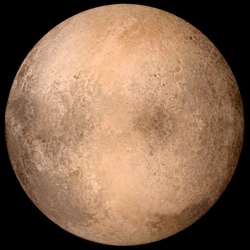
Astronomers have found the closest rocky planet outside our solar system using the Spitzer Space telescope. The planet, known as HD 219134b, orbits a star just 21 light years away. Planets like this could help us understand the formation of planets and solar systems.
The planet is probably a bad place for life as we know it: it’s 1.6 times the size of Earth and more than four times the mass. Plus its three-day orbit is too close to its host star for liquid water to form, even though the star is cooler and smaller than our sun. Planets like this, referred to as super-Earths, are ubiquitous throughout the galaxy, but we still don’t know a lot about them.
Today’s discovery comes just one week after NASA announced what researchers referred to as "Earth 2.0." That planet, officially named Kepler-452b, was found by NASA’s other famous planet-hunting space telescope, Kepler. Kepler-452b is much more like Earth than HD 219134b, as it maintains a 385-day orbit in the habitable zone around a star that is just 20 percent brighter than our sun.
But HD 219134b is much closer to us than Kepler-452b, which is some 1,400 light years away. That proximity to us makes HD 219134b a prime specimen. "It can be considered a kind of Rosetta Stone for the study of super-Earths," Michael Gillon, the lead scientist for the Spitzer detection, said in the announcement.
